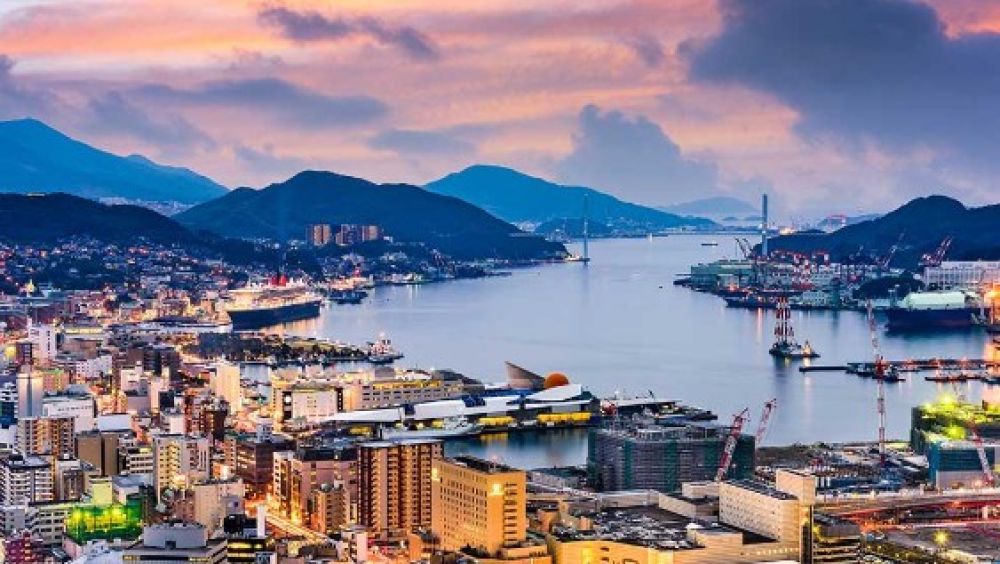

Nagasaki, a city steeped in history and culture, is located in the Kyushu region of Japan. Its historical significance dates back to the period of national isolation (Sakoku) when it was the only Japanese port open to foreigners following the Shimabara Rebellion in the 1630s. This history has heavily influenced its tourism industry, creating a city that is a melting pot of cultures.
The roots of tourism in Nagasaki can be traced back to the Edo period when limited numbers of Chinese and Dutch traders were allowed to conduct business. The presence of these foreigners attracted curious Japanese from other parts of the country, which was the beginning of domestic tourism to Nagasaki.
After the Meiji Restoration in 1868, Japan ended its policy of national isolation, and Nagasaki rapidly modernized, with increased exposure to the West. Tourists began to travel to Nagasaki to see the Western-style buildings, Christian churches, and the diverse cultural influences not found elsewhere in Japan.
The events of World War II profoundly affected Nagasaki, particularly when it became the second city after Hiroshima to suffer an atomic bombing on August 9, 1945. In post-war years, the Nagasaki Peace Park and the Atomic Bomb Museum were established to commemorate this tragic event and to promote peace. These sites became focal points for visitors from Japan and around the world, contributing significantly to the city's tourism.
In recent years, Nagasaki has seen an evolution in tourism trends. The city has embraced its heritage by promoting its unique blend of Japanese, Chinese, and European cultural sites, such as the Nagasaki Chinatown, Dejima, and the Glover Garden.
As an effort to acknowledge and remember the past, dark tourism has also become prevalent, with many visitors coming to educate themselves about the city’s atomic history. The Nagasaki Peace Park and the Atomic Bomb Museum draw a significant number of tourists, serving as poignant reminders of the importance of peace.
Cruise ship tourism has contributed to Nagasaki’s tourism growth in the last decade. The city's port regularly welcomes international cruise ships, adding an influx of day-trippers eager to experience its multicultural heritage.
Additionally, the trend of experience-based tourism has led to the development of activities such as pottery making in Hasami, attending the Kunchi festival, and sampling the local Nagasaki cuisine, famous for dishes like Champon and Castella cake.
The city is investing in the future of its tourism sector by improving its infrastructure, with a stronger focus on sustainable tourism practices. The Smart City initiative aims to leverage technology for better tourist experiences while preserving the city's natural beauty and historical sites. With the world's growing interest in off-the-beaten-path destinations, Nagasaki is poised to offer a unique and enriching experience for future visitors.
As Nagasaki continues to develop and integrate modern amenities and attractions, while preserving its history and culture, the city remains a testament to peace and human resilience. Its complex history and the rise in diverse tourism trends assure that it will remain a place of interest for many years to come.